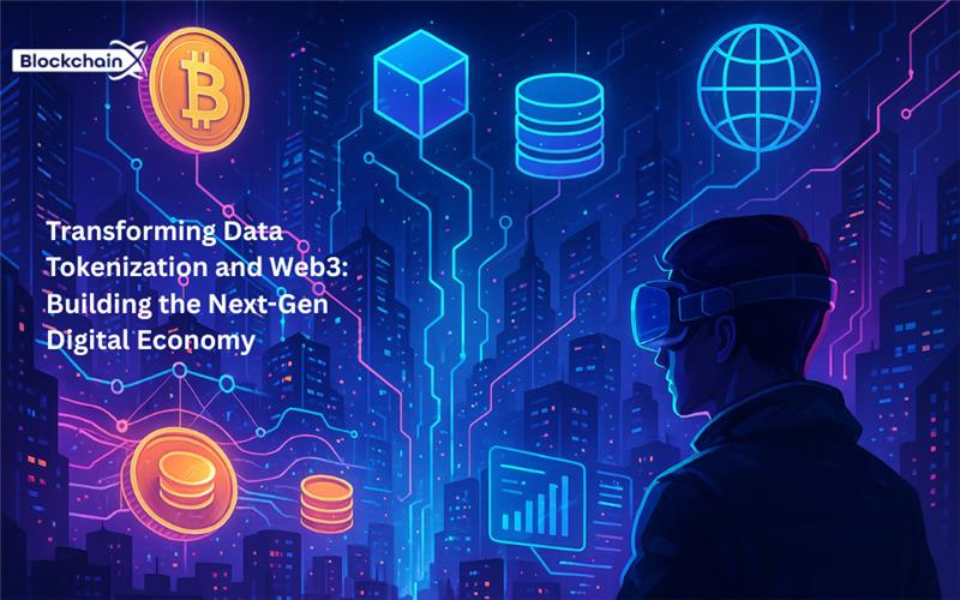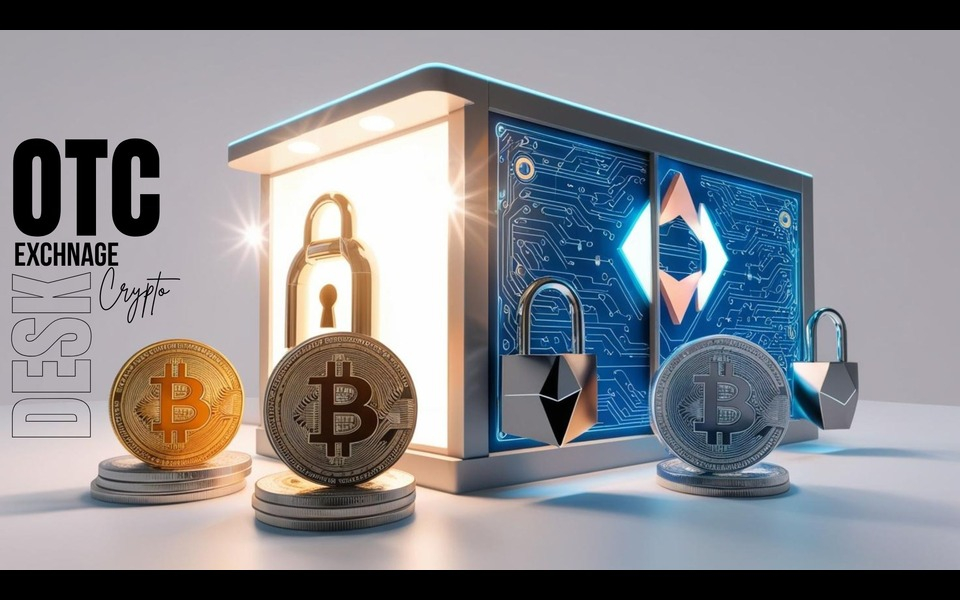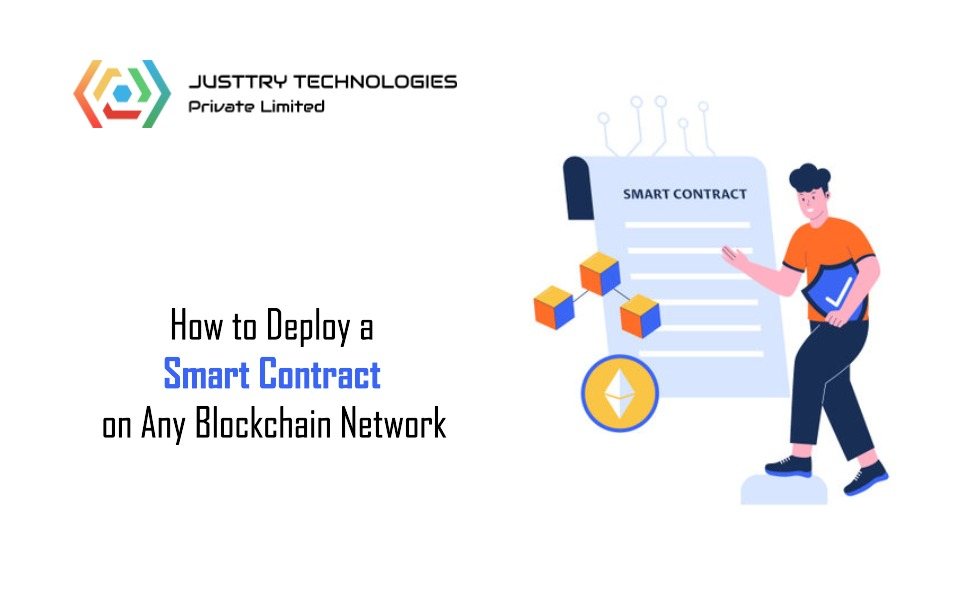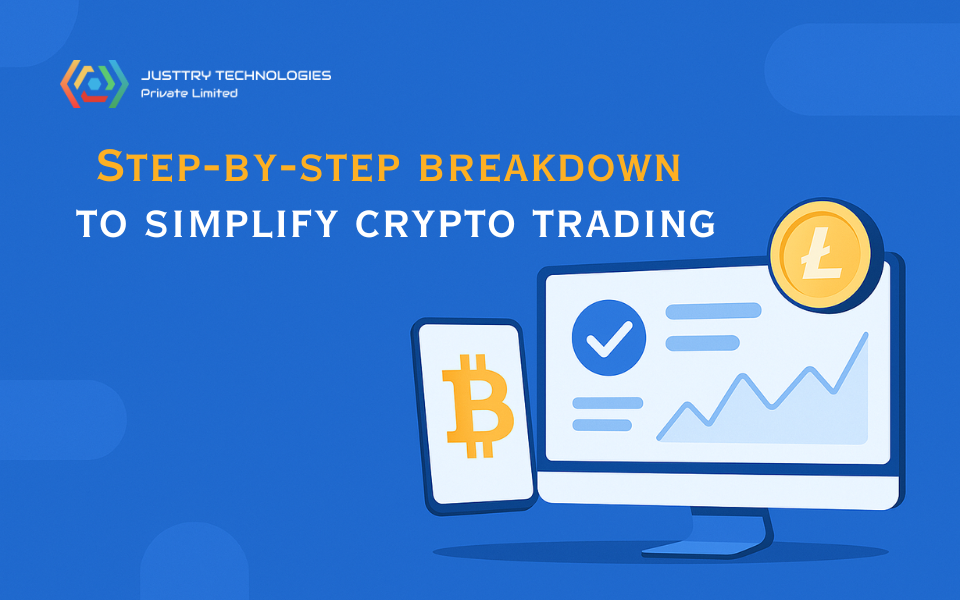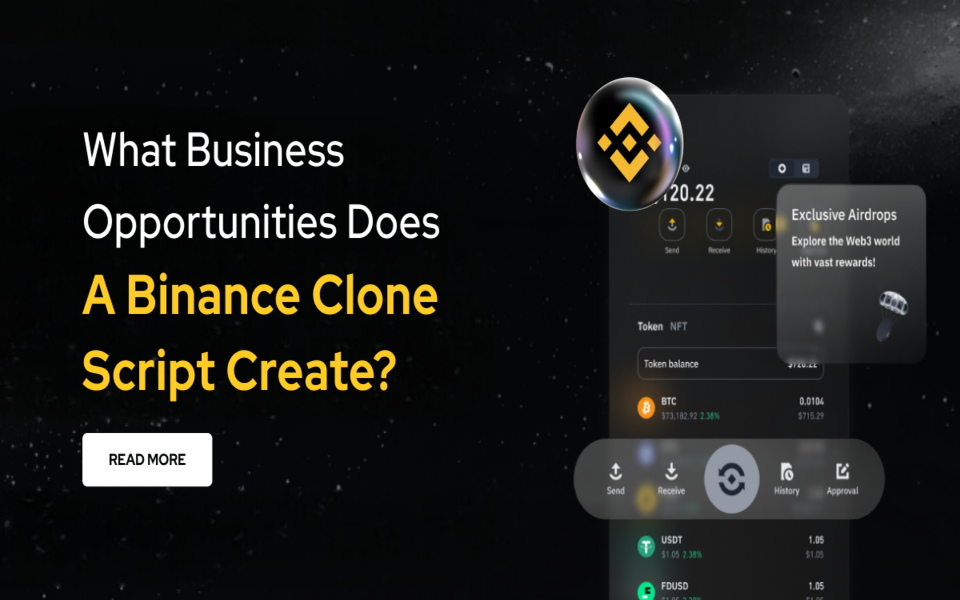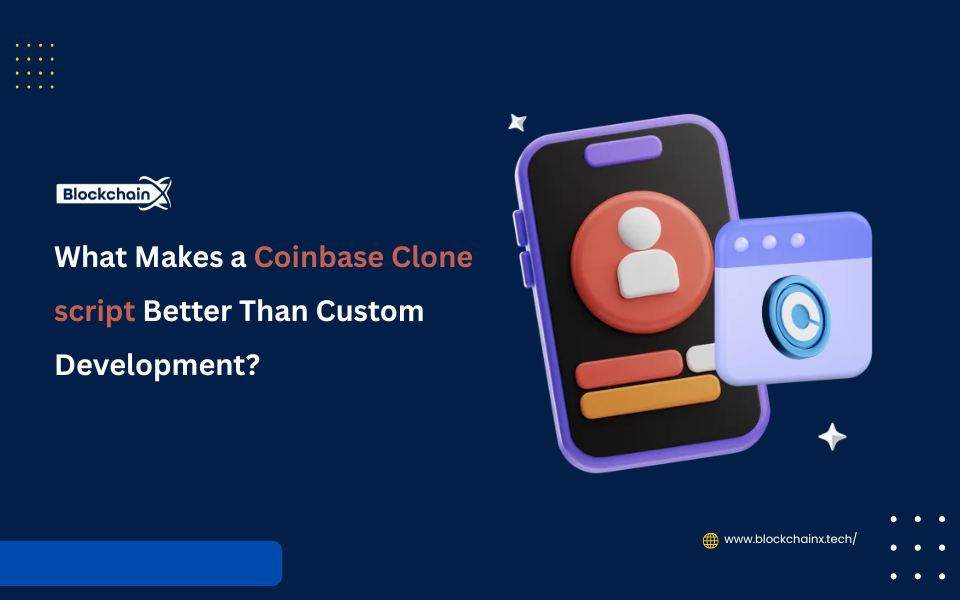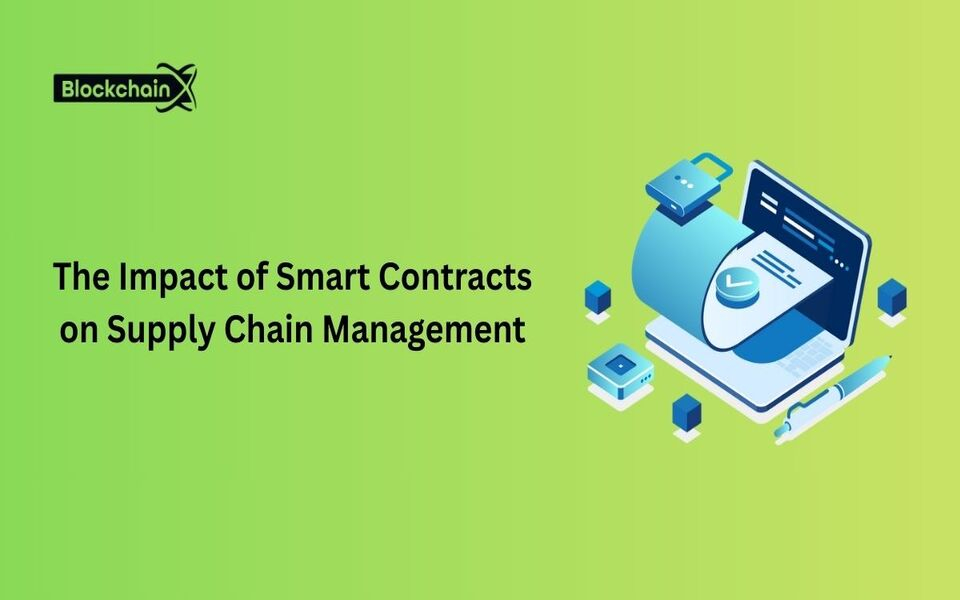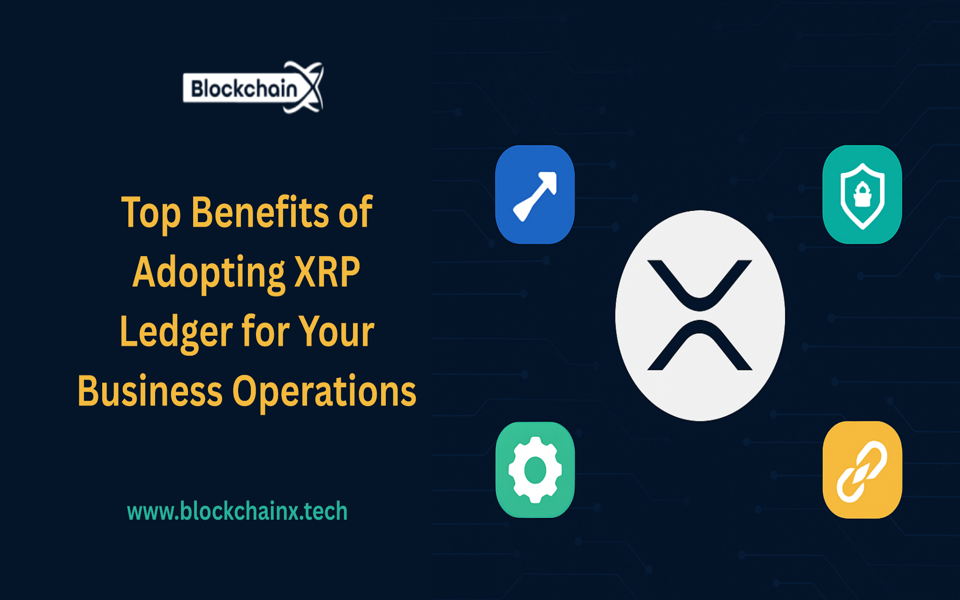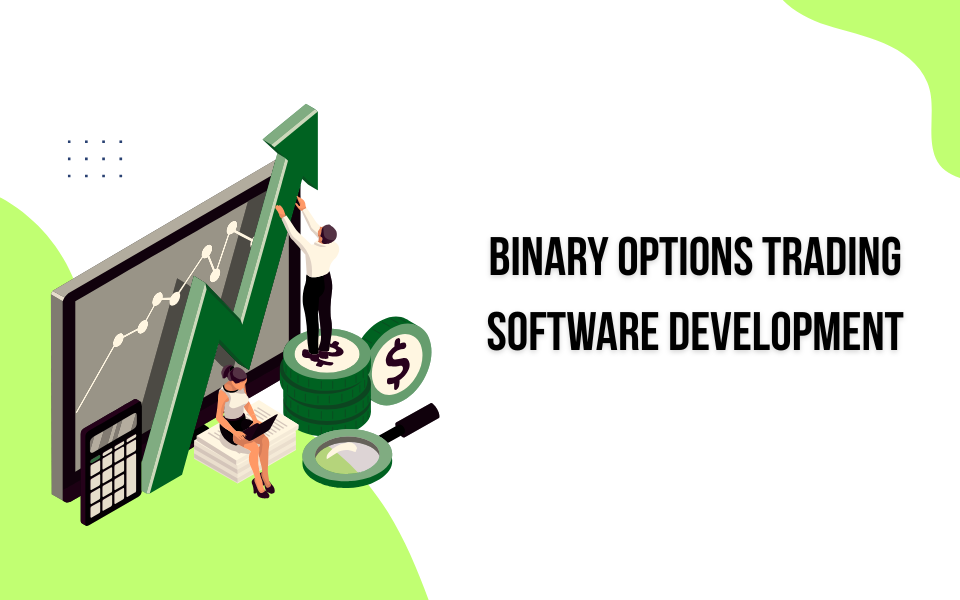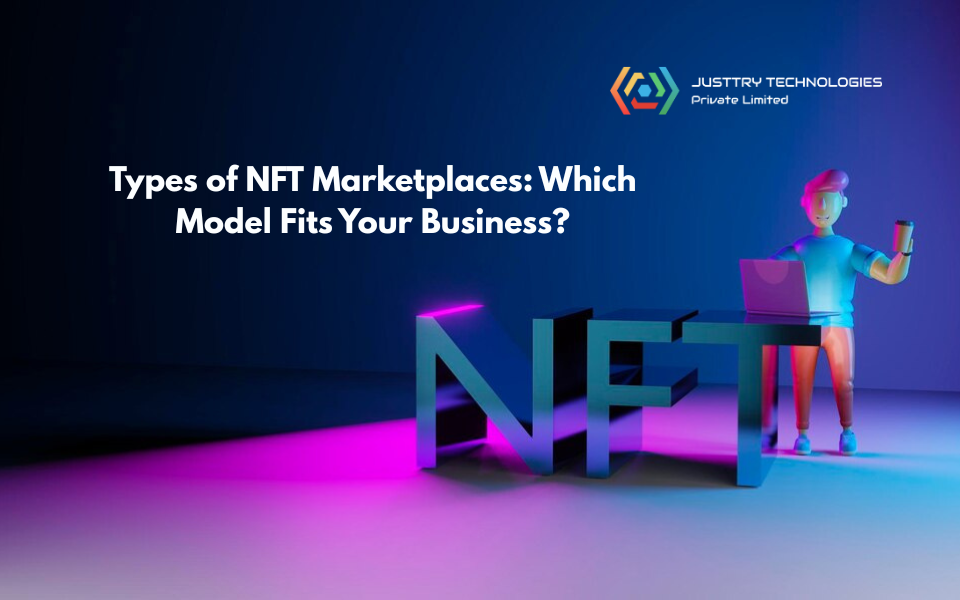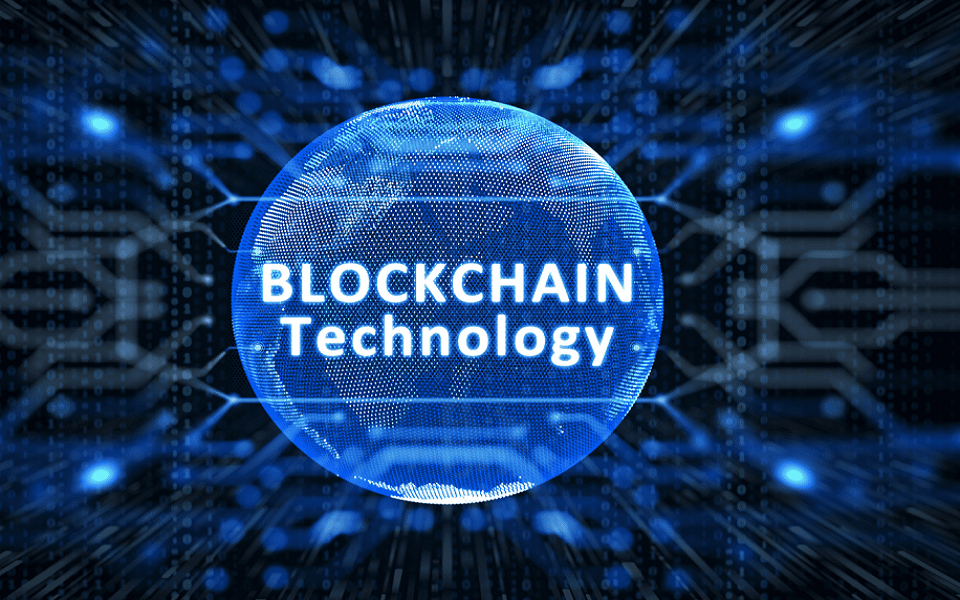The fusion of blockchain technology with traditional finance is giving rise to a powerful trend: Real World Asset (RWA) tokenization. As global markets evolve and access to capital becomes increasingly competitive, startups and enterprises alike are seeking faster, more transparent, and scalable fundraising methods. RWA tokenization has emerged as a game-changer, enabling both emerging and established businesses to convert tangible assets into digital tokens—unlocking liquidity and democratizing investment like never before.
This blog explores how startups and enterprises are actively leveraging RWA tokenization to raise capital efficiently and why this model is rapidly becoming a mainstream funding tool.
Understanding RWA Tokenization
Real World Asset tokenization refers to the process of representing physical or off-chain assets—like real estate, commodities, invoices, or equities—on a blockchain in the form of digital tokens. These tokens are programmable, traceable, divisible, and easily transferable, making them ideal for broad-based participation from investors worldwide.
Traditionally, investment in real assets was limited by geography, regulatory restrictions, and high capital requirements. Tokenization breaks down these barriers by enabling fractional ownership and streamlining asset transfer via smart contracts. The result is a frictionless system where capital can flow more freely, and businesses can reach a wider pool of investors.
Why Startups Are Embracing RWA Tokenization
For startups, early-stage funding often comes with significant challenges—limited access to traditional finance, dilutive equity sales, and long fundraising cycles. Tokenizing real world assets provides an innovative alternative.
Startups with tangible assets, such as intellectual property, real estate, renewable energy infrastructure, or even supply chain inventories, can tokenize these assets and sell them as fractional units to investors. This process transforms traditionally illiquid resources into accessible, tradable instruments.
Moreover, the blockchain layer brings transparency and automation, which fosters investor confidence. Through smart contracts, startups can ensure timely distribution of yields or returns, enforce compliance automatically, and provide real-time tracking of funds usage. This increases the attractiveness of the investment offering, particularly for digital-native investors who value openness and efficiency.
Enterprises Are Tapping into RWA Tokenization for Scale
Enterprises, particularly those with large portfolios of assets, are leveraging RWA tokenization to optimize capital allocation and reduce dependency on traditional banks or financial intermediaries. By converting real assets into tokenized products, enterprises can rapidly access liquidity without liquidating the underlying asset itself.
For instance, a manufacturing company can tokenize its future receivables or invoices and raise working capital instantly from global investors. Similarly, a real estate firm can tokenize a property or an entire development project, allowing investors to own portions of the asset with minimal friction.
Tokenized assets also support better portfolio management, especially in industries like energy, transportation, and agriculture. Enterprises can dynamically raise funds, hedge risks, and open up new investor channels that were previously inaccessible due to the complexity of cross-border regulations and operational hurdles.
Tokenization Platforms as the Backbone
At the heart of this ecosystem are tokenization platforms—blockchain-powered infrastructures that facilitate the creation, issuance, and management of tokenized RWAs. These platforms provide the technical and legal frameworks needed to ensure asset compliance, investor onboarding (via KYC/AML), token issuance, and secondary market trading.
For startups and enterprises, working with a robust tokenization platform removes the heavy lifting associated with regulatory alignment and blockchain development. It allows them to focus on structuring their asset offerings and communicating their value proposition to investors.
Some leading platforms even integrate DeFi components, enabling token holders to use their RWA tokens as collateral for loans or to participate in yield-generating activities. This increases the capital efficiency of the entire system and opens new funding models for projects of all sizes.
The Liquidity Advantage
One of the most compelling reasons businesses are using RWA tokenization is the ability to raise capital without long lock-in periods or complex exit strategies. Traditionally, raising capital from real assets meant waiting for physical asset sales, lender approvals, or IPO timelines.
With RWA tokenization, once assets are digitized and available on a trading platform, they can be bought and sold in real-time. This instant liquidity not only benefits the issuing company by attracting more investors but also adds flexibility to manage cash flows and reinvest faster.
Secondary markets further enhance this liquidity advantage. Investors can trade their token holdings at any point, creating a dynamic market environment that benefits both issuers and buyers. For businesses, this translates into greater fundraising success and reduced capital costs.
Regulatory Readiness and Investor Trust
Raising capital using tokenized RWAs is only effective when trust is high and compliance is clear. That’s why many tokenization projects now incorporate built-in regulatory features such as whitelisting, automated compliance checks, and jurisdiction-specific frameworks.
By designing tokenized offerings that comply with securities laws and provide transparent audit trails, startups and enterprises can tap into a growing base of institutional investors who require robust governance.
Moreover, third-party audits, asset verification mechanisms, and regular disclosures are becoming standard practice among serious issuers. These measures help bridge the trust gap and legitimize RWA tokenization as a reliable capital-raising strategy.
Cross-Border Fundraising Made Simple
RWA tokenization also makes it possible for startups and enterprises to raise capital beyond their local markets. Blockchain infrastructure is borderless by design, and when combined with digital identity verification and stablecoins or CBDCs, cross-border capital movement becomes seamless.
A startup in India can tokenize a commercial property or revenue-generating IP and sell fractions to investors in Europe, Singapore, or the U.S. in minutes. Enterprises can launch tokenized bond offerings or asset-backed securities to global investors with far less regulatory friction compared to traditional models.
This access to global capital is particularly transformative for companies in emerging markets, where local funding options may be limited or costly. By opening the door to international investors, RWA tokenization levels the playing field and accelerates innovation.
Real-World Examples
Several businesses have already successfully raised capital through RWA tokenization. For instance, commercial real estate firms have used tokenization to fractionalize ownership in rental properties, allowing small investors to buy in for as little as $100. These investments generate passive income through rent, distributed via smart contracts.
Agricultural startups have tokenized crop yields or livestock to raise funds ahead of the harvest season. Investors buy yield tokens and share in the profits post-harvest, turning seasonal business models into viable investment vehicles.
In the renewable energy sector, solar and wind farm projects are being tokenized to attract green-minded investors. Tokens represent ownership in infrastructure, and holders receive dividends from the energy generated and sold.
These use cases demonstrate the versatility of RWA tokenization across industries and show how both capital-hungry startups and asset-heavy enterprises can benefit.
The Road Ahead
As blockchain infrastructure matures and regulatory clarity improves, the adoption of RWA tokenization will accelerate. Startups will continue to use it as a fast-track method for fundraising without giving up equity, while enterprises will rely on it to unlock asset value and reduce financing costs.
Financial institutions, including banks and hedge funds, are already exploring tokenized asset portfolios as part of their strategy, signaling strong long-term interest. At the same time, more tokenization platforms are being built with institutional-grade security, compliance layers, and interoperability across chains.
As the ecosystem matures, tokenized assets will move beyond niche use cases and become a standard option for capital formation—blending the best of traditional finance with the power of blockchain.
Final Thoughts
Startups and enterprises are no longer limited by outdated fundraising systems or rigid financial structures. Real World Asset tokenization offers a modern, flexible, and inclusive approach to raising capital that aligns with the needs of today’s global and digital economy.
By leveraging tokenization, businesses can rapidly unlock the value of their assets, reach broader audiences, and raise funds in a transparent, efficient, and secure manner. Whether you're a startup looking for seed capital or an enterprise managing a portfolio of income-generating assets, RWA tokenization could be the catalyst for your next phase of growth.




